Science: Natural Science
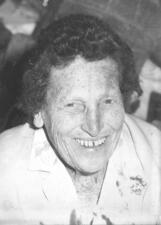
Tikvah Alper
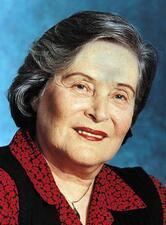
Ruth Arnon
Immunologist Ruth Arnon and her team made unprecedented breakthroughs when they developed the first synthetic antigen and the first drug approved for treating multiple sclerosis, Copaxone. Arnon also invented a synthetic, nasally administered flu vaccine and has published over four hundred articles, chapters, and books on immunology and biochemistry.
Charlotte Auerbach
After leaving Nazi Germany in 1933, Charlotte Auerbach settled at the University of Edinburgh, where she was a beloved professor and a groundbreaking researcher. Her discovery about the effect of mustard gas on gene mutation received worldwide acclaim and she became renowned for her profound knowledge of classical genetics, especially of mutation.
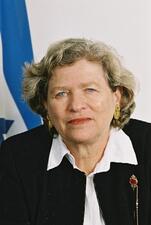
Elisheva Barak-Ussoskin
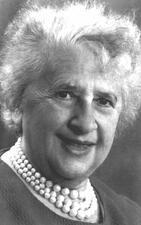
Sarah Bavly
Dutch-born Sarah Bavly was a pioneer nutritionist in the Yishuv who laid the groundwork for Israel's nutritional infrastructure and educational programming, directing Hadassah's hospital nutrition departments and school lunch programs and establishing the State's first College of Nutrition.
Raissa L’vovna Berg
Raissa Berg worked was an eminent geneticist until Soviet Russian policies forced her out of her job. Nevertheless, she continued her research at home, eventually discovering “correlative Pleiades” in plants, and later contributed significantly to the reestablishment of the scientific field of genetics in Russia during her brief reinstatement. After emigrating to the United States, Berg remained active until her death in 2006.
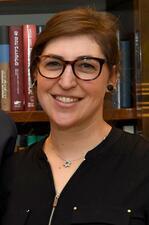
Mayim Bialik
Mayim Bialik is most famous for starring as the titular character in the early 1990s series Blossom and, in the 2010s, on Big Bang Theory as Amy Farrah-Fowler. She is also known for being one of the few observant Jewish actors in Hollywood and for holding a PhD in Neuroscience from UCLA.
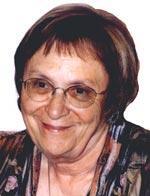
Yehudith Birk
In 1977, biochemist Yehudith Birk became the first woman to serve as a dean at the Hebrew University. An internationally renowned scientist for her studies of legume seed proteins and proteinase inhibitors, she won the 1998 Israel Prize for agricultural research.
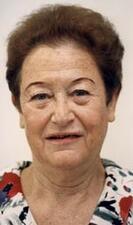
Batsheva Bonne-Tamir
Batsheva Bonne-Tamir (1932-2020) was one of the first human population geneticists in Israel. She is mostly known for her studies on genetic markers and genetic diseases among the Samaritans.
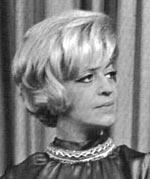
Brazil, Contemporary
Brazil is home to the second largest Jewish community in South America. Jewish women played important roles in the absorption of Jewish immigrants from Europe, the Middle East, and North Africa, and also made important contributions to Brazilian intellectual and artistic life.
Varvara Alexandrovna Brilliant-Lerman
Varvara Brilliant-Lerman was a well-known plant physiologist in Russia, whose main works were devoted to the physiology of photosynthesis. She took advantage of the increased ability of women to have careers in science due to the Bolshevik revolution in 1917, teaching at several institutions in Russia. Brilliant continued teaching and researching until her death in 1954.
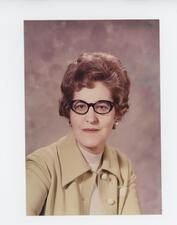
May Brodbeck
May Brodbeck, whose career in the sciences ran the gamut from teaching high school chemistry to exploring fundamental philosophical questions about the nature of human consciousness, was among the foremost American-born philosophers of science.

Edith Bülbring
German-born scientist Edith Bülbring was renowned for her work in smooth muscle physiology, which paved the way for contemporary cellular investigations. She pursued this work through a large and flourishing large research group at Oxford University, which she led for seventeen years. In 1958 she was elected to the Royal Society.
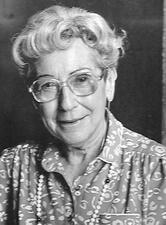
Mildred Cohn

Gerty Theresa Cori
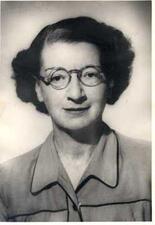
Tilly Edinger
Tilly Edinger made her mark as one of the leading vertebrate paleontologists of the twentieth century. Her pioneering work in paleoneurology, the study of fossil brains, established her international reputation as the outstanding woman in her field. She performed research in Germany before World War II and continued researching and teaching in the United States until her untimely death in 1967.
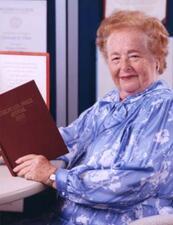
Gertrude Elion
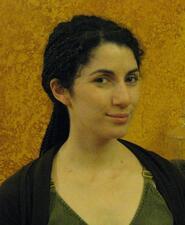
Nina Fefferman
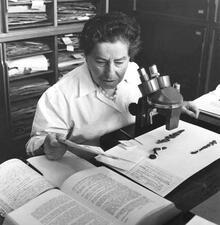
Naomi Feinbrun-Dothan
Naomi Feinbrun-Dothan helped pioneer the scientific analysis of native Israeli flora and establish the study of botany and genetics at the Hebrew University of Jerusalem.
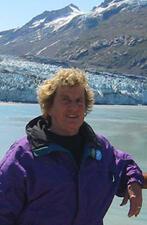
Joan Feynman
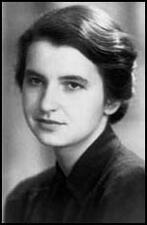
Rosalind Elsie Franklin
An influential British physical chemist, Rosalind Elsie Franklin’s essential innovations in DNA research, including her X-ray DNA photography and her work in distinguishing between “A” and “B” forms of DNA, allowed Frances Crick and James Watson to solve the structure of DNA as early as 1953. Her important role in their work went largely unacknowledged until the 1990s.
Charlotte Friend
Cell biologist and immunologist Charlotte Friend discovered a virus that could transmit leukemia and made major contributions to our understanding of cancer and its causes. She served as director of the Center for Experimental Cell Biology at Mount Sinai Medical School, and later as the president of the New York Academy of Sciences and the American Association for Cancer Research.
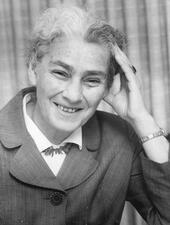
Elisabeth Goldschmidt
Elisabeth Goldschmidt was the founder of genetic studies as a research and teaching discipline at the Hebrew University of Jerusalem. She saw in the mass immigration of Jewish communities to Israel a unique opportunity for genetic research that might also contribute to the welfare of society, and in consequence founded the systematic research in human genetics and genetic counseling services in Israel.
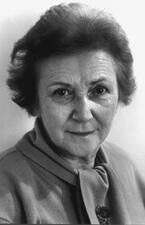
Clara Heyn
Botanist Clara Heyn’s most significant achievement was her work with the plant family Leguminosae, especially the genus Medicago. She was an excellent botanist, teacher, and colleague.
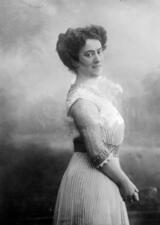
Rahel Hirsch
Physiologist, physician, and teacher Rahel Hirsch worked for nearly two decades at the Medical Clinic of the Berlin Charité, eventually as the head of a polyclinic and a professor. Yet Hirsch was never paid at the Charité; she left in 1919 and opened a private practice. Hirsch emigrated to England in 1938, working as a laboratory assistant and librarian, but she struggled with mental illness and died in a psychiatric hospital in 1953.


